Log cabins or block built homes – which is best?
People often ask “Should we build log cabins or block built homes? What’re the major differences between them?”
Where do we start?
-
Log cabins are cheaper to build, and if that doesn’t make you look more carefully at the log cabin option, we don’t know what will!
-
Log cabins are quicker to build. You can have a standard two-bedroom log cabin built in four weeks.
-
Log cabins are MUCH better for the environment. When you look at the carbon footprint of concrete or the heating inefficiencies of block-built houses, you’d wonder why we build with concrete at all!
-
Log cabins are healthier to live in. Regulated temperatures, fewer cold spots and damp potential all add up to a much cosier, healthier environment than a standard, block-built house.

The legacy of block built homes
If you’re Irish, you were probably brought up in a block built home, or something even colder! Like a stone-walled farmhouse with two-foot thick walls, and single glazed windows which were covered in condensation every winter morning! But there’s no point in building using this thoroughly outdated technology. Block building is really not a very sensible way to build, and the main reason it continues in Ireland is that there’s a lot of expertise in block building, and there is serious infrastructure established for the production and delivery of concrete blocks, cement and all of the ancillary tools required to build with them.
But we often challenge people to give us three good reasons to build in block instead of timber. Once people get past the fact that we’re used to block, and block is very sturdy (so is timber, by the way) they are lost for a third good reason!
Which is cheaper? Log cabins or block built homes
Log cabins are cheaper to build for a number of reasons: you don’t need a number of people on-site for weeks building a wall block by block. So, the cost of labour is reduced, and that leads to a significant saving on the overall project. The cost of materials is also significantly lower than that of concrete and steel build buildings. The amount of energy that goes into producing concrete obviously leads to an increase in cost for concrete and steel products. it doesn’t take a genius to understand that this extra cost is passed on to you, the consumer.

“Which are built quicker – log cabins or block built homes?”
Because your log cabin is produced in a high-tech factory and all of the pieces are cut to size to the millimetre: there is no need for on-site adjustment to delivered pieces. They all just slot into place! If you ever see a log cabin being built, you will be stunned at the speed in which they go up. And a building that is built quickly means less damage to the grounds around the building, less repeated movement of heavy machinery, less refuse, litter and rubbish that can gather over time. There are lots and lots of benefits to a quick build.
And of course, a quicker build means reduced labour costs. This is a major advantage. Compare the amount of labour cost of a block-built house – EACH block having to be handled multiple times, concrete to be applied to EACH block, EACH block placed perfectly vertical and horizontal and squared off, NUMEROUS blocks having to be cut for corners, doorways and windows… It’s a ridiculous way to build, when you think about it!
Log cabins are environmentally friendly
If you were asked “which was more environmentally friendly, log cabins or block built homes?”, it would not take you long to decide! The carbon footprint of concrete and steel production is HUGE! Nobody with any concern for the environment would ever build a block built home. In fact, it is the opinion of this writer that block build houses should be banned under the latest building regulations. What is the point in building an A2 rated house to save carbon emissions over time, if that same house has produced years equivalent of carbon emissions in its production? Pure madness!
After water, concrete is the most widely used substance on the planet. But its benefits mask enormous dangers to the planet, to human health. If you’re trying to decide between log cabins or block built homes, here’s an article from the Guardian on the impact of concrete on the environment, if you need any more convincing. Concrete: the most destructive material on Earth It’s really remarkable to read about concrete. And unbelievable to think that concrete production is responsible for 8% of global CO2 emissions.

Log cabins create a healthy environment
Log cabins are healthier to live in
Which would you say generates a more healthy interior environment, log cabins or block built homes? Of course its log cabins, once they are well built, well-insulated and draught-proofed, and built with a double wall.
Because of the absence of plasterboard walls, there is very little dust in a log cabin. The natural wood walls resonate with our own natural needs. They exude a warmth that you will not get from plasterboard. They even reflect sound in a very natural way, smoothing off louder, harsher sounds and helping everyone to relax!
Everyone who walks into a Timber Living showhouse automatically feels cosy and at home. In fact, people often stop at the door of our show houses for a minute, just to take in the calm atmosphere, as it is so unfamiliar to them. So many people have said to us when they walk into one of our show houses “it’s just like going back to nature.”
If you’d like to experience this for yourself, you should come to visit us at our show cabins. We have a two and three-bedroom cabin showrooms in Tullow. We have a two-bedroom cabin in Boyle, Co Roscommon, and we have a three bed at our showhouse in Carrigaline, in Cork. You’ll get all of the contact details on our website our the Timber Living Show Houses page.

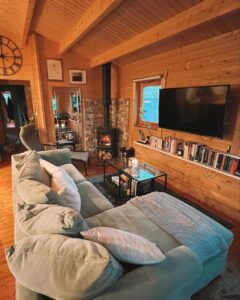





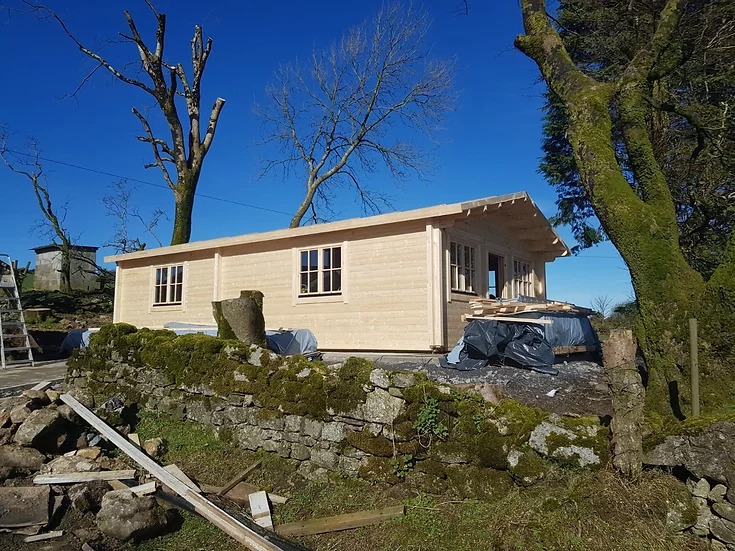
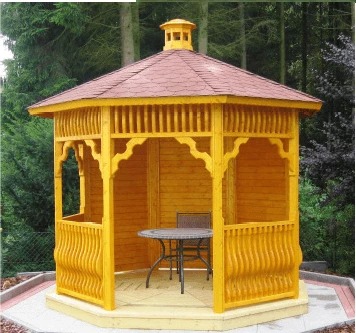
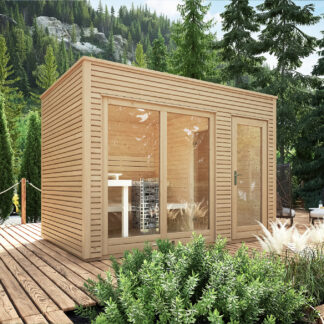
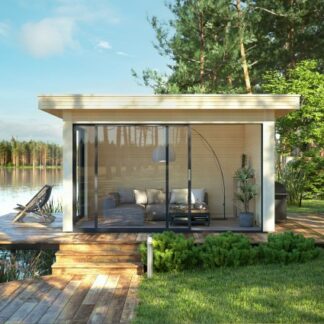
Recent Comments